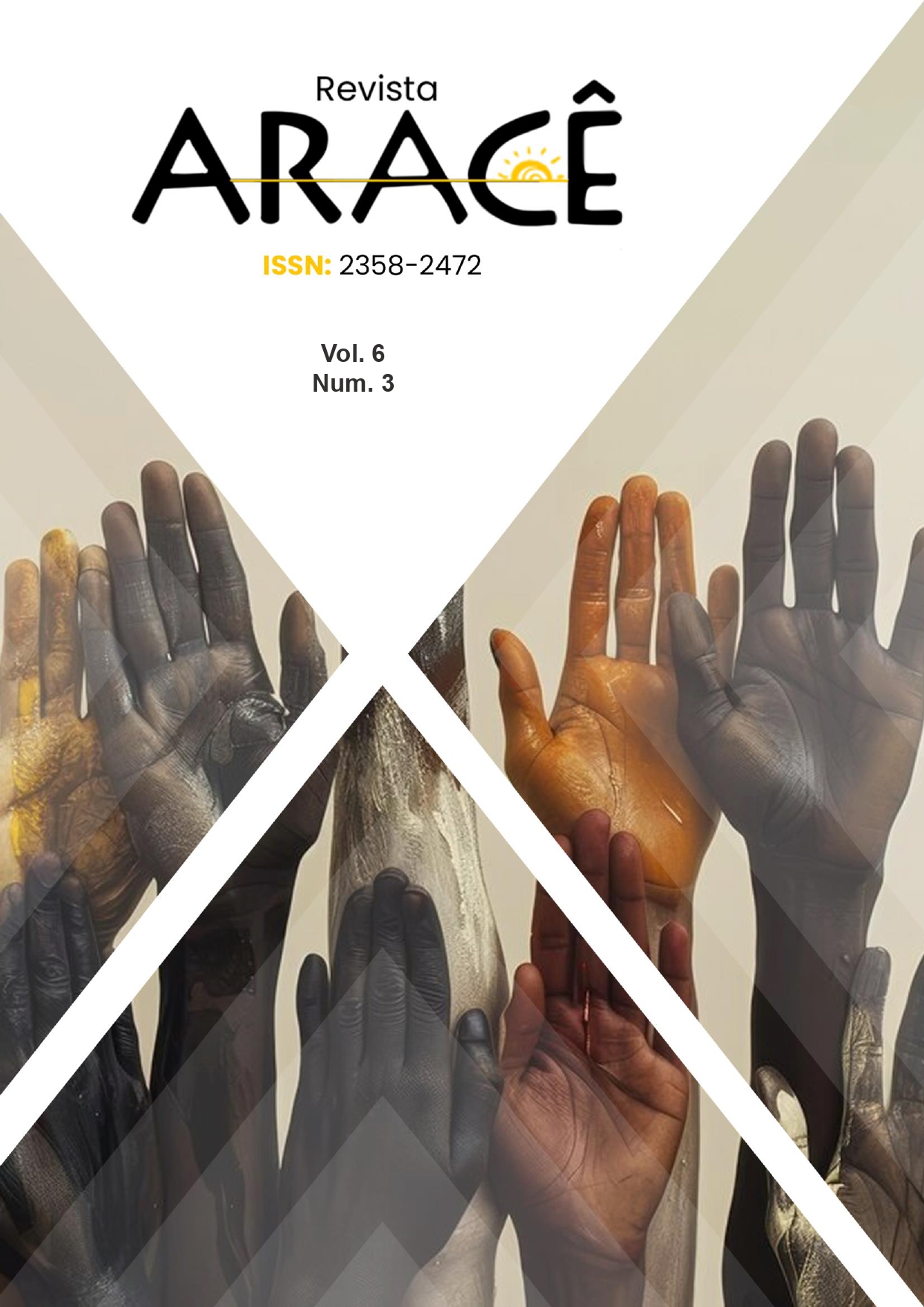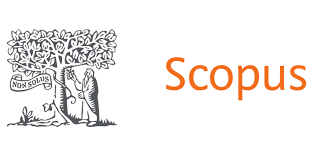PERCEPTION OF DOG AND CAT OWNERS ABOUT RESPONSIBLE GUARDIANSHIP, ANIMAL HEALTH CARE AND RISKS OF ZOONOSES TRANSMISSION IN SEROPÉDICA, RIO DE JANEIRO
DOI:
https://doi.org/10.56238/arev6n3-197Keywords:
One Health, Public health, Population Control, Health EducationAbstract
The growing acquisition of companion animals associated with reproductive uncontrol and abandonment reveal that the absence of responsibility for the animal can pose risks to public health. Thus, the present study consisted of evaluating the knowledge of the Seropédica community about zoonoses, population control and responsible animal care. To this end, the aspects that support responsible guardianship were evaluated through a structured questionnaire applied to 417 tutors during the anti-rabies vaccination campaign for dogs and cats in the municipality of Seropédica, RJ. Data collection was conducted by students of the Tutorial Education Program - PET and volunteer students, both groups being undergraduate students in Veterinary Medicine at UFRRJ. The data obtained were organized using Microsoft Excel software and the descriptive analysis was performed using quantitative and qualitative methods. Through the analysis, it was revealed that 74.10% of people had between 1 and 3 animals at home, while 15.83%, 9.59% and 0.48% had between 4 and 5 animals, 6 or more animals and no animals, respectively. Regarding the practice of vaccination, 68.11% vaccinated their animals, 7.67% did not vaccinate and 24.44% vaccinated only against rabies in vaccination campaigns. Regarding the use of antiparasitic drugs, 85.13% used it in their animals, while 14.87% did not. In addition, 22.54% castrated all of their animals, 24.70% castrated only a few, and 52.76% did not castrate any of their animals. Regarding medical and veterinary care, 50.12% took their animals to the veterinarian, while 49.88% did not. Regarding castration, 69.78% of the owners stated that the measure is effective to prevent unwanted offspring, to promote the well-being of domestic animals (62.35%), to reduce stray animals (55.88%), to conserve wildlife (26.86%), to mitigate zoonoses (41.73%) and to preserve human health (32.61%). In addition, 77.22% defined stray animals as unowned, abandoned animals living on urban streets and 24.22% defined them as unowned, but community-assisted animals. Regarding the concept of responsible guardianship, they highlighted the care and well-being of the animal (53.00%), followed by responsibility (10.79%), guarantee of protection (1.92%), demonstration of love and affection (11.03%), in addition to daily actions such as bathing, walks, feeding and vaccination (16.31%), while 11.51% are unaware of the concept. 78.66% stated that the population of stray animals can affect human health, mainly by the transmission of diseases (53.00%), transmission of fleas (5.28%) or both (24.46%). Regarding zoonoses, 65.95% recognized the possibility of transmission of diseases from animals to humans, and 56.35% stated that they knew the term zoonoses, highlighting rabies (87.29%), scabies (70.98%), leptospirosis (53.96%), sporotrichosis (39.33%), toxoplasmosis (34.29%) and leishmaniasis (32.13%). These data provide a comprehensive view of the perception and knowledge of the participants in relation to veterinary public health issues, emphasizing that the investigated population is still uninformed, which reflects the challenge and demand of the continuous need for education and awareness about responsible custody and prevention of zoonoses.






